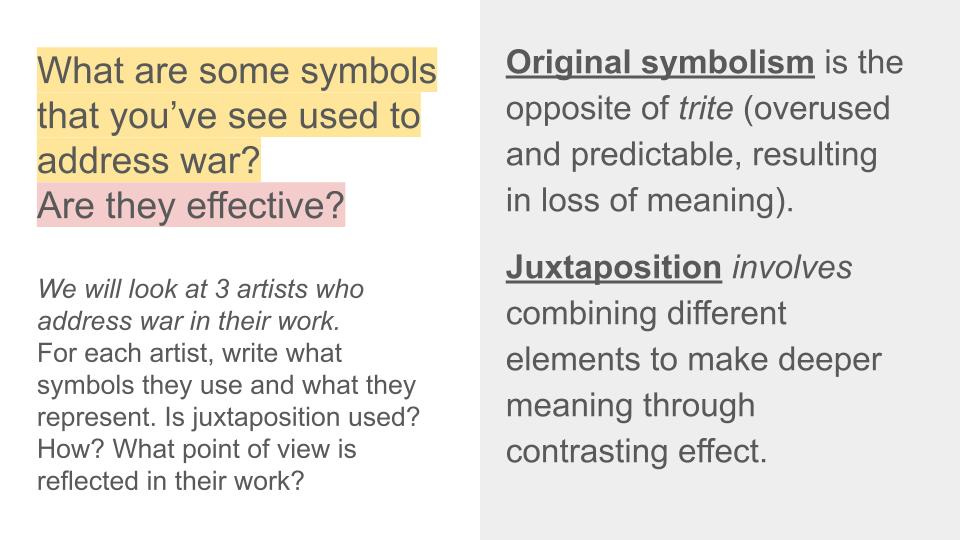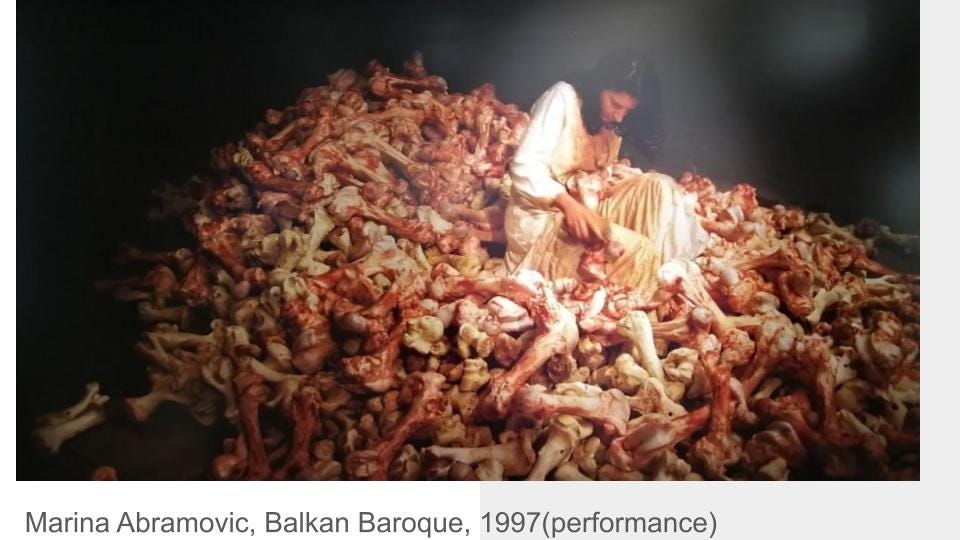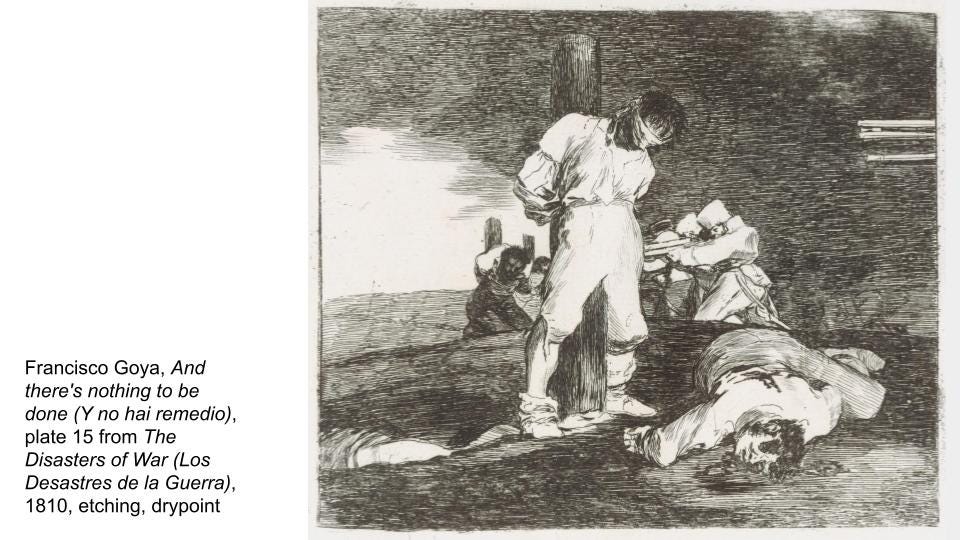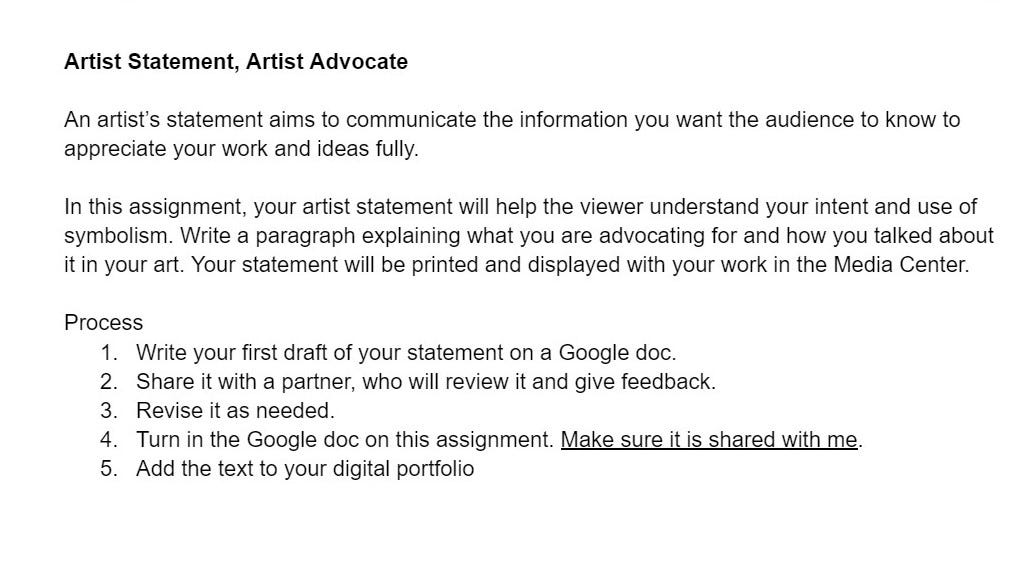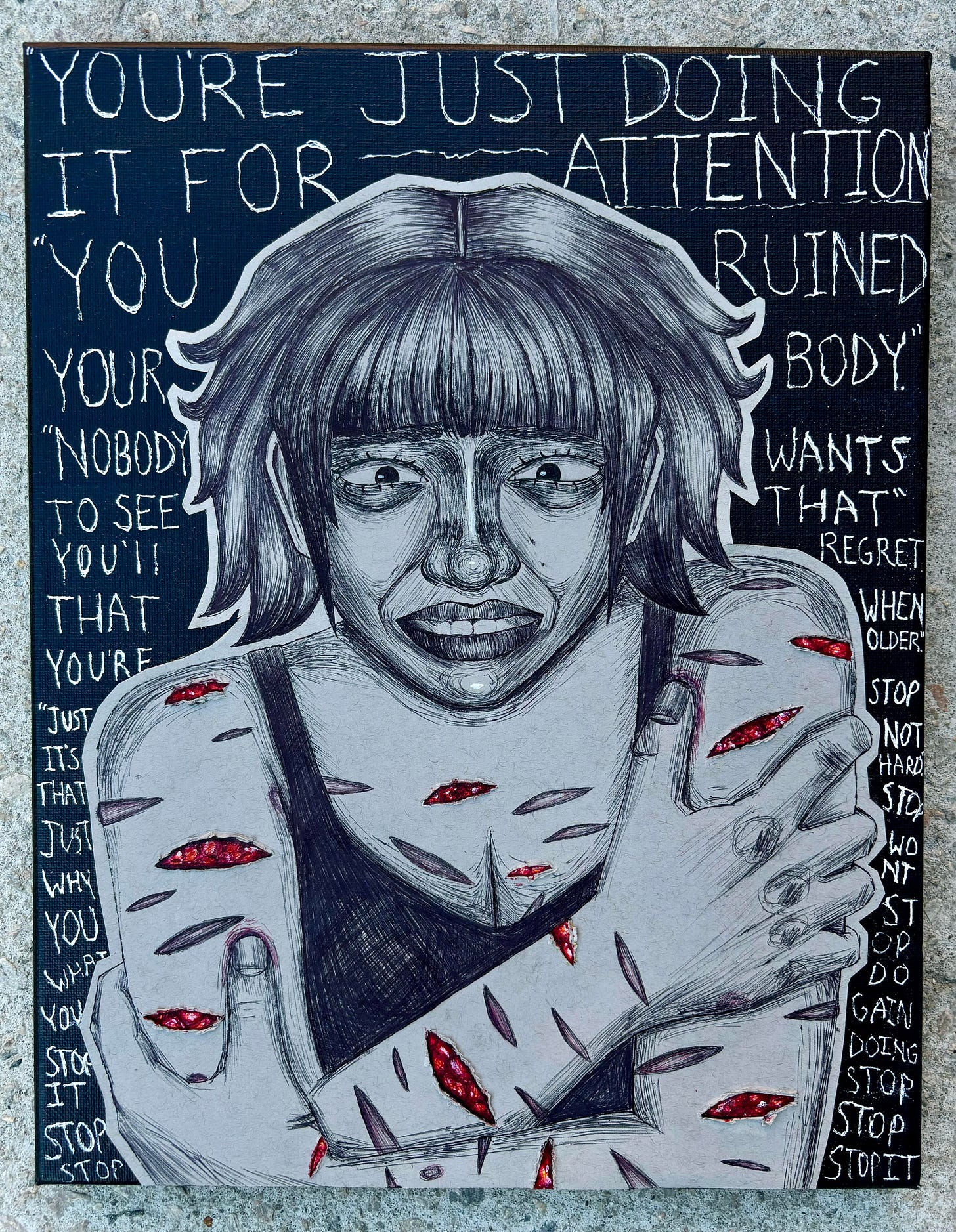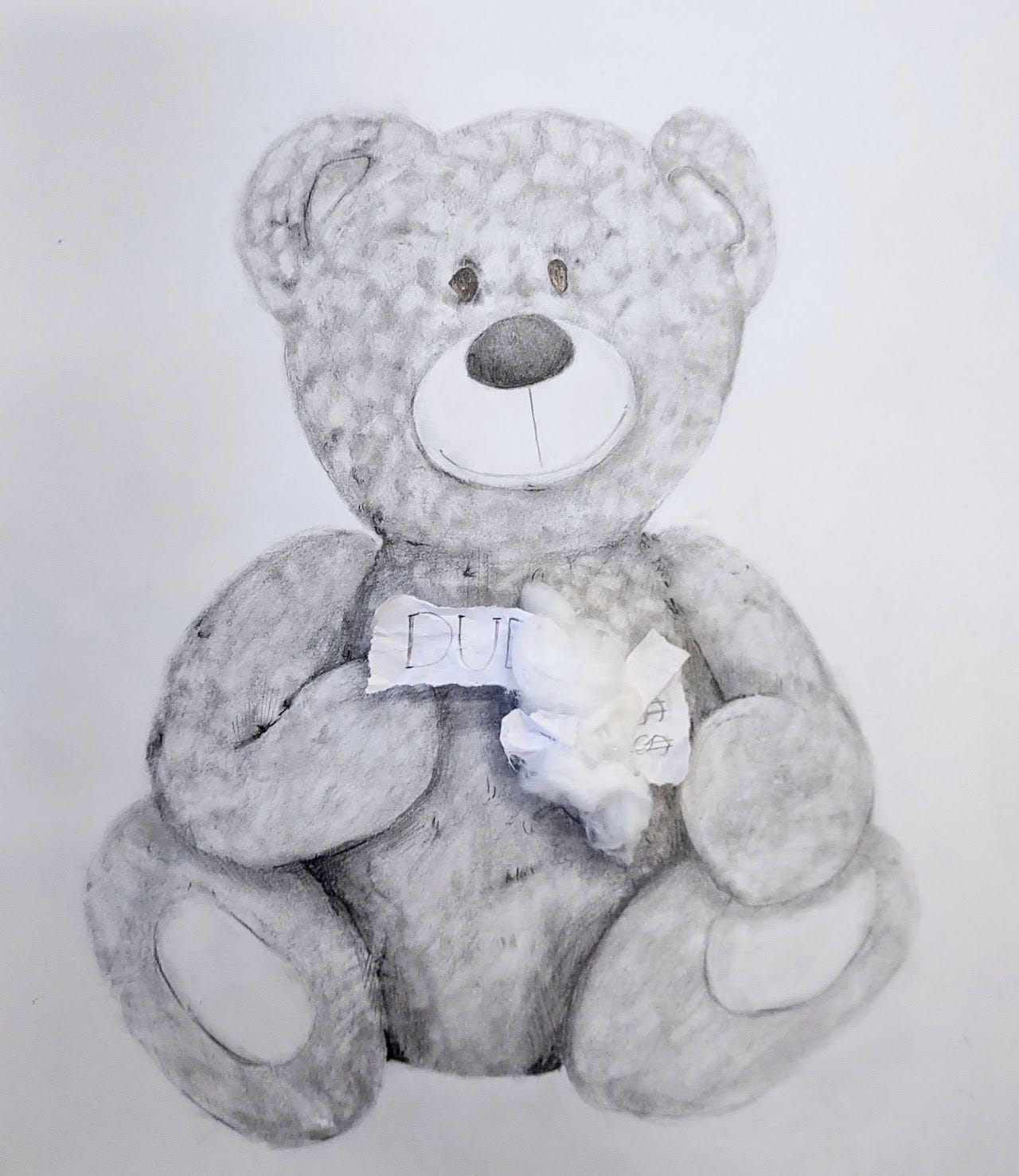Artists Advocate
I hate how polarized the world is today. I think teachers have the power to help students express important ideas AND teach them how to make their opinions accessible to others. This was the spark for my “Artists Advocate” project, which I taught to my Art 3 Honors a few weeks ago.
We started by going over the concept of the project. I tasked students with using visual art to communicate a point of view. I defined visual art as “images, objects, and materials” because I wanted students to think about the symbolic power of those things to communicate ideas.
I selected three artists to discuss, each of whom is a master of communicating ideas with symbolism. All of the three artworks we discussed addressed war. This is a hard topic, but it’s unfortunately very timely as well. I wanted students to be able to compare the horrific images of war they see on their Instagram feeds to art that addresses war in different ways.
We looked at work by Dolores Salcedo, Marina Abramovic, and Francisco Goya. I asked students to think about how the artists each used symbolism and juxtaposition to express ideas. It was helpful for them to see Salcedo’s empty chairs representing the dead, Abramovic’s bloody bones and white dress that ask us to think about the lasting impacts of violence, and Goya’s phenomenal composition in “And there’s nothing to be done” .
It’s important to note that each of these works uses different media. One is a found object installation, one is a performance piece, and one is an etching. This collection of works provoked rich discussion about how materials can contribute to meaning
Next, I ask students to plan by doing the following:
List 20 issues or topics you have an opinion about.
Pick 5 to focus on as possible ideas.
Research the issue
Write your opinion/ point of view
Write possible symbols for each idea
Write possible media/imagery/ objects that will communicate your ideas
Coming up with ideas for this was a struggle for some students, however, they persevered. Regular checking-in helped, as did activities where small groups shared their developing ideas and collaboratively brainstormed symbolism. It’s also important to note that original symbolism was something we’d discussed and practiced before this, which helped students communicate complex ideas.
I ended the project by asking students to write artist statements.
I was so impressed with the work that came out of this project! Here is one amazing example:
Here is her artist’s statement:
My artwork’s purpose is to bring awareness to self-harm by depicting it in a graphic and unsettling way. I wanted my piece to be disturbing, to stand out in a way that makes people feel uncomfortable because that is the truth of the topic, it can be uncomfortable and disturbing to think about or face this issue. I tried to exaggerate the expression, wounds, and body language of the figure to get my point across and emphasize the severity of self-harm. I thought if I represented it in a way where it’s very graphic and “in your face” it would catch people's attention and lead them to view and think about the art piece and its message. In contrast to the message of my artwork, I covered the background with ignorant things that are commonly said to people who self-harm. Some people may just struggle to understand it, but others will go out of their way to shame, judge, and look down on people who’ve self-harmed without knowing what it’s like to experience it firsthand.
Self-harm is an act of deliberately hurting yourself, whether it be cutting, burning, scratching, or hitting yourself. While self-harm is commonly done without the intent of suicide, it still can be life-threatening and should be taken seriously. People who engage in self-harm are more likely to die by suicide. Self-harm is most common in people with a history of trauma, mental disorders, and personality disorders. Self-harm isn’t a grab for attention, many people go out of their way to hide it from others. Even if it is used for attention, or more so a cry for help, it doesn’t take away from the severity of it. Self-harm is most commonly used as a coping mechanism to provide relief from intense feelings. Other reasons people engage in self-harm is to punish themselves, block out traumatic memories, make themselves feel something, cope with suicidal thoughts, give themselves a sense of control, or distract themselves from emotional pain by using physical pain. While self-harm is primarily used as a coping mechanism, it ultimately can make you feel worse and cause more issues. Self-harm isn’t something you can “just stop,” many people rely on it as a coping mechanism, some will even argue that it’s a behavioral addiction. Once you start to depend on self-harm, the harder it becomes to stop. It’s not worth it.
17% of people will engage in self-harm during their lifetime.
45% of people use cutting as a form of self-injury.
Self-harm is most common among adolescents.
Women are 1.5-3 times more likely to engage in self-harm than men.
And a few more!
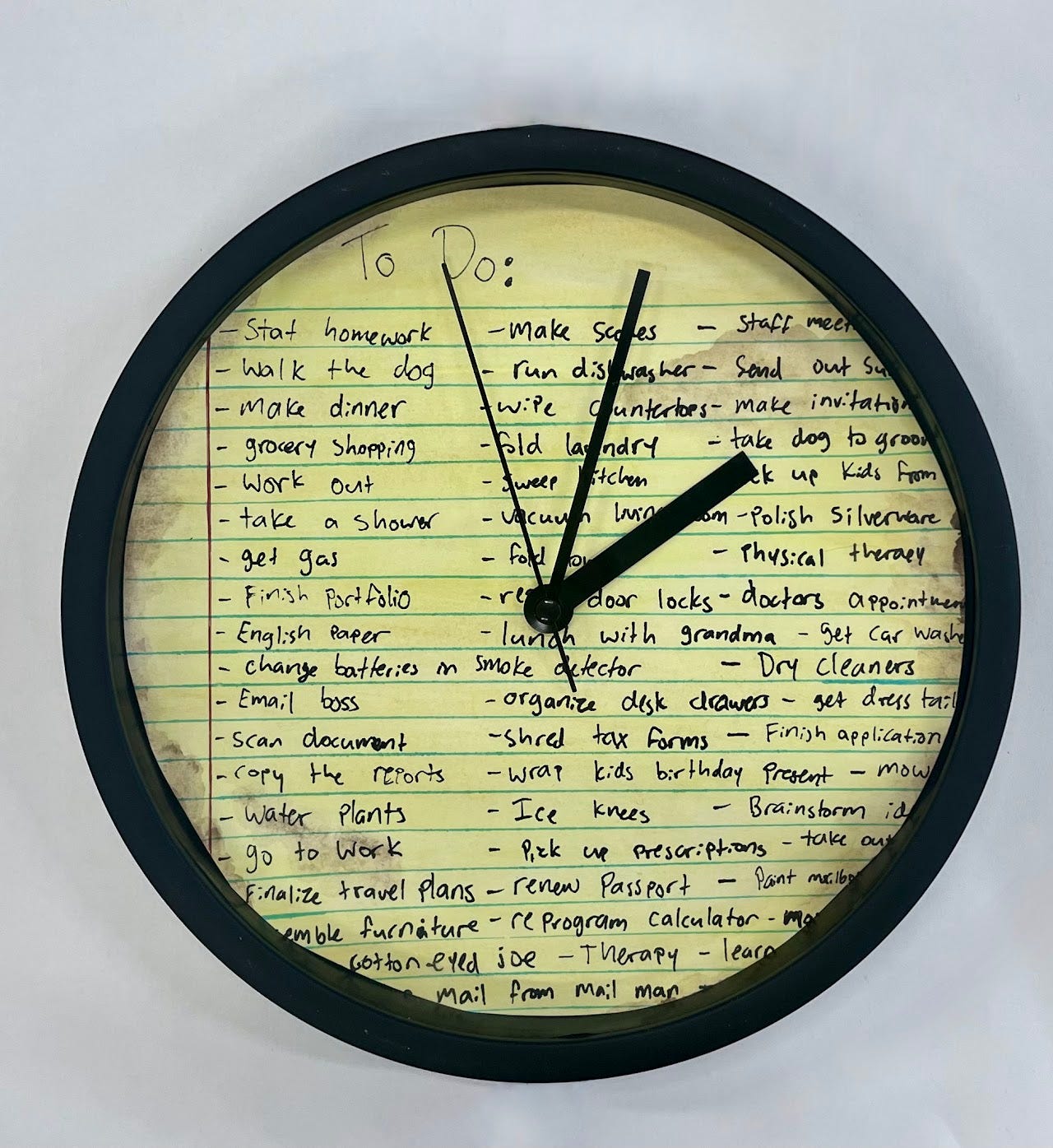

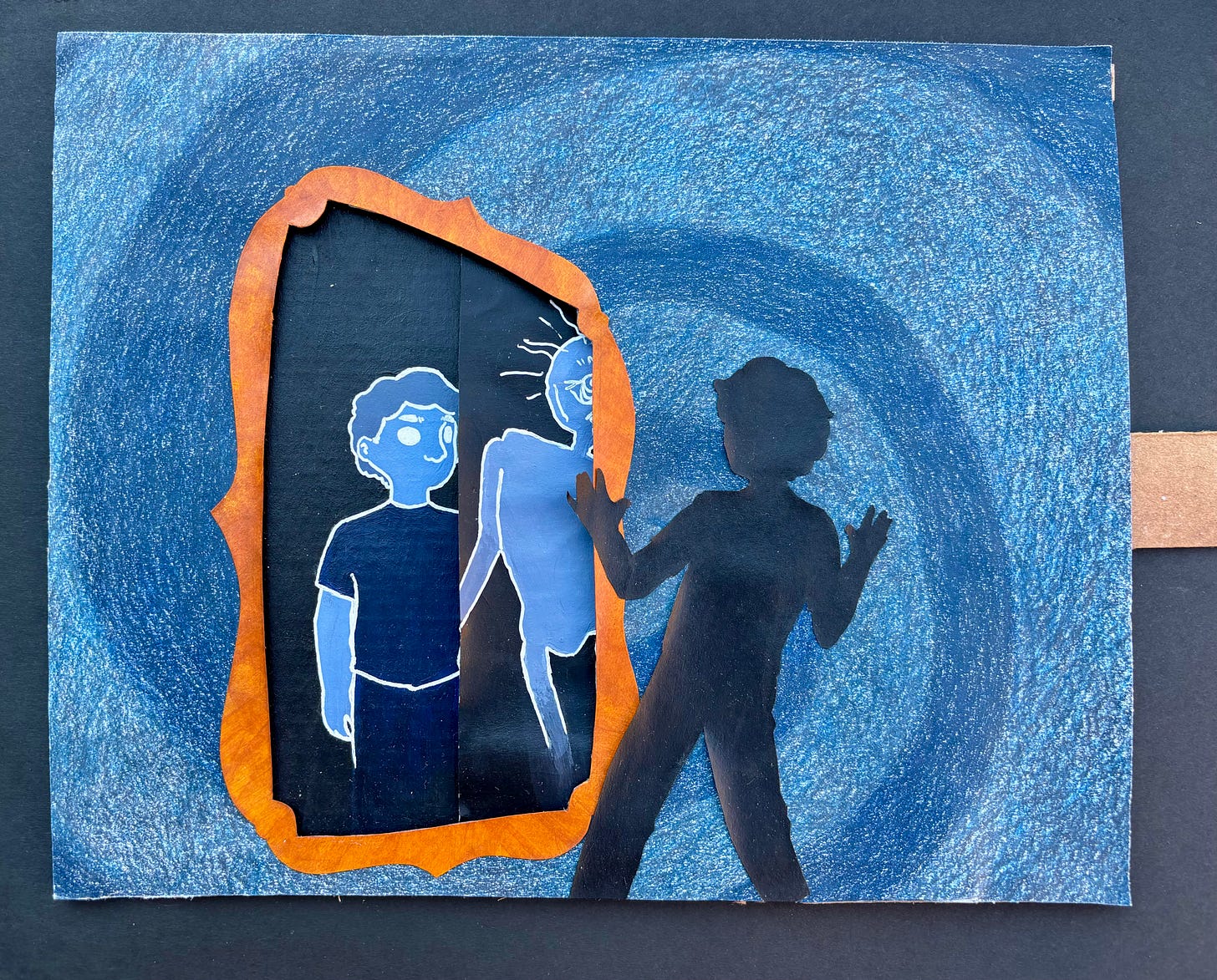
Thank you for reading!
If you are looking for summer PD, I’m co-directing the TAB Institute at MassArt this summer. There are still a few spots left. It’s the best PD around, in my opinion, but I am clearly biased!





